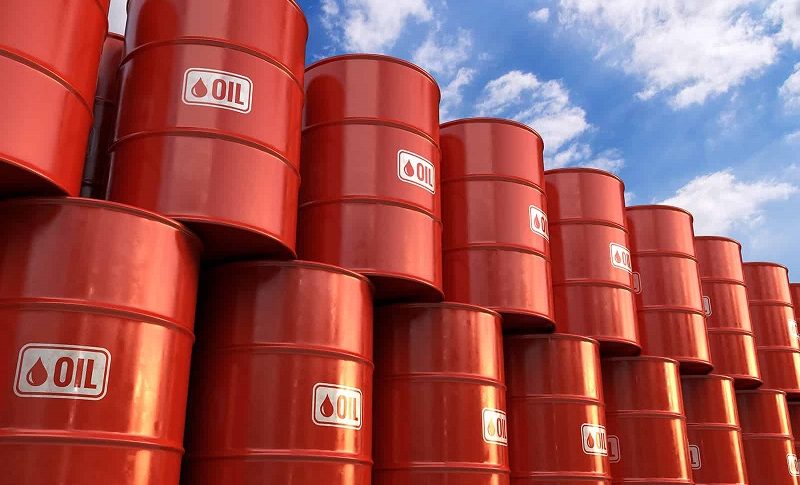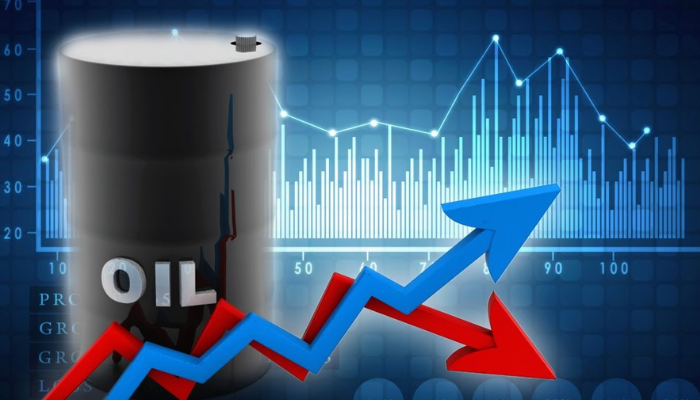WTI Crude Oil Slips to $ 37.15 – COVID-19 Continues to Hamper the Fuel Demand!
During Tuesday’s Asian trading hours, WTI Crude Oil erased its small early-day gains and drew some offers around the $ 37.15 level, mainly due to the worries over the slow recovery in the global fuel demand, which is being reinforced by the fears of rising numbers of COVID-19 cases. As of September 15, the number of global cases exceeds 29.1 million, and this has fueled the fears of oversupply and low demand. Thus, the fears of the oversupply and lack of demand could be considered the key factors that have kept the oil prices under pressure. On the contrary, the 2nd storm in the Gulf of Mexico area within a month, is pushing energy companies, ports and refineries to shut down their facilities, giving temporary support to the oil prices by easing worries of an oversupply.
Apart from this, China’s crude oil throughput in August increased from the previous year, hitting the second-highest level on record, and this has also helped to limit deeper losses in the crude oil prices. Furthermore, the market risk-on trading sentiment, backed by news suggesting that AstraZeneca is to resume its coronavirus (COVID-19) vaccine trials, has also become a key factor that is capping any further downside momentum for the oil prices. On the flip side, the market risk-on sentiment undermined the broad-based US dollar, also extending some support to the oil prices, as the price of oil is inversely related to the price of the US dollar. At the moment, WTI Crude Oil is currently trading at 37.28 and consolidating in the range between 37.14 and 37.44.
Despite the upbeat market tone and the optimism over a possible vaccine and treatment for the highly infectious coronavirus, the oil prices have remained under pressure by the rising numbers of COVID-19 cases, fueling fears of an oversupply and concerns regarding a slower pick-up in the global fuel demand. As per the latest report, the number of global cases surpassed 29.1 million as of September 15.
Moreover, the concerns over a slower fuel demand were further bolstered after OPEC lowered its demand forecast on Monday, ahead of a meeting of the OPEC+ joint ministerial monitoring committee (JMMC) on Thursday. Let me remind you that the committee will discuss compliance with April’s production cuts, which were eased in August. Apart from this, the oversupply fears were further bolstered after Libyan commander Khalifa Haftar committed to ending a blockade of oil facilities, which has been in place since January.
On the contrary, the market trading sentiment has continued to draw support from the positive news concerning the coronavirus (COVID-19) vaccine. The hopes of a vaccine were further boosted after the chief Chinese CDC biosafety expert tweeted that the ordinary Chinese people could get the COVID-19 vaccine as early as November or December, as the Phase 3 clinical trials went very smoothly. Besides this, Pfizer‘s optimism that they will be able to provide a cure for the pandemic in the US this year, also boosted the vaccine hopes and exerted a positive impact on the market trading sentiment. Apart from this, the upbeat Chinese macro numbers also had a positive effect on the market trading sentiment, but this failed to help the crude oil prices.
On the data front, China’s Retail Sales YoY for August came in at 0.5% versus the expected 0% and the previous -1.1%, with the Industrial Output YoY at +5.6%, compared to the projected +5.1% and the previous +4.8%. In the meantime, the Fixed Asset Investment YoY was unchanged at -0.3% vs the -0.4% that was forecast and the previous figure of -1.6%. At the same time, China’s January-August Private Sector Fixed Asset Investment dropped by 2.8% YoY.
On the USD front, the broad-based US dollar failed to maintain its overnight gains, dropping on the day, mainly due to the risk-on market sentiment. Moreover, the losses in the US dollar could also be attributed to the doubts over the US fiscal stimulus measures. The probabilities for a large stimulus have fallen to approximately zero, after the Democrats voted to block a Republican bill that would have provided around $ 300 billion in new coronavirus aid. However, the losses in the US dollar became the key factor that helped limit deeper losses in the oil prices, as the price of oil is inversely related to the price of the US dollar. Meanwhile, the US dollar index dropped to 93.029, slipping further down from the one-month high of 93.664 that it touched last Wednesday. The low of 92.695 last week is seen as immediate support.
Moreover, the hurricanes are also playing a major role in disrupting the supply. As we all well aware, the second hurricane in the Gulf of Mexico area within a month is forcing energy companies, ports and refineries to close their facilities. This, in turn, provided some support to the oil prices, by easing the oversupply worries. It is worth reporting that Hurricane Sally, which has escalated into a Level 2 storm, is expected to make landfall later in the day.
Looking ahead, market traders will keep their eyes on crude oil supply data from the American Petroleum Institute (API), which is scheduled for release later in the day. Furthermore, the updates surrounding the Brexit, the coronavirus and the US-China tussle have not lost any significance. Good luck!









